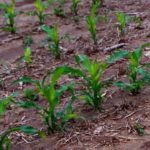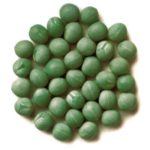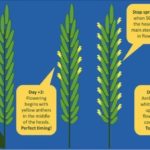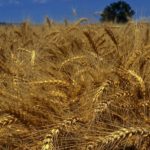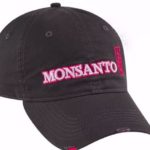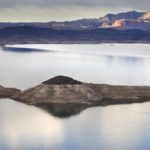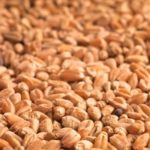Chicago | Reuters — U.S. corn futures hit their highest level in two months and soybeans topped US$10 a bushel on Thursday on concerns about excessive rains in the U.S. Midwest curbing yield prospects, traders said. Wheat set a two-week high as the wet weather slowed the U.S. soft red wheat harvest, while dry weather […] Read more


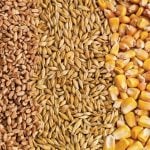
 Crops
Crops